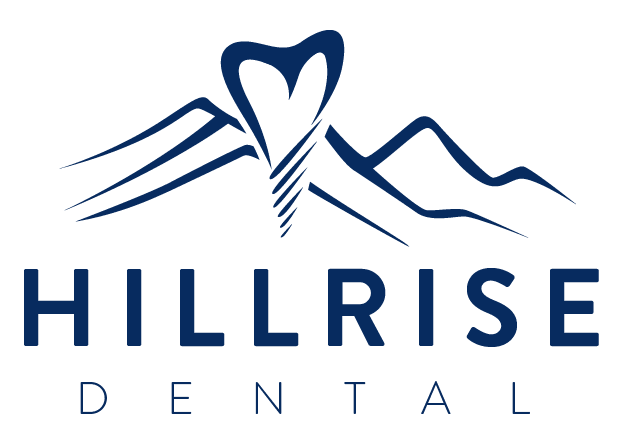Understanding the Chemical Structure of Flexeril 🔬
Flexeril, the muscle relaxant medication, is a prescription 🎟️ drug that has been widely used for the management of musculoskeletal conditions. At the heart of its therapeutic properties lies its unique chemical structure. The active ingredient in Flexeril is cyclobenzaprine, a tricyclic 💊 comp that shares structural similarities with the class of antidepressant medications known as tricyclics. This structural resemblance allows Flexeril to exert its muscle-relaxing effects by interacting with specific receptors in the central nervous system, particularly those involved in the regulation of muscle tone. By modulating these neurochemical pathways, Flexeril can effectively reduce muscle spasms and tension, providing relief to patients suffering from a variety of musculoskeletal ailments.
| Chemical Structure of Flexeril | Molecular Formula | Molecular Weight |
|---|---|---|
| Cyclobenzaprine | C20H21N | 267.37 g/mol |
Mechanism of Action: How Flexeril Relaxes Muscles 💪

Flexeril, a widely prescribed muscle relaxant, exerts its therapeutic effects by targeting the central nervous system. The active compound in Flexeril, cyclobenzaprine, works by inhibiting the transmission of pain signals from the muscles to the brain, effectively reducing muscle spasms and tension. This mechanism of action is thought to be mediated through Flexeril's ability to block the reuptake of neurotransmitters, such as serotonin and norepinephrine, which play a key role in regulating muscle tone and pain perception. By modulating these neurotransmitter levels, Flexeril helps to restore the balance between excitatory and inhibitory signals, enabling the muscles to relax and the individual to experience relief from muscle-related discomfort.
Pharmacokinetics: Absorption, Distribution, and Metabolism 💊
Flexeril, the muscle relaxant, undergoes a complex pharmacokinetic process in the body. After being swallowed, the drug is rapidly absorbed from the gastrointestinal tract and distributed throughout the body. Flexeril is then metabolized in the liver, where enzymes break it down into inactive metabolites. The medication's effects can be felt within 30 minutes to an hour, and it typically remains active in the system for 4-6 hours. However, the drug may linger in the body for up to 72 hours, as its metabolites are slowly eliminated through the kidneys. This extended duration of action is a key factor in Flexeril's ability to provide sustained muscle relaxation and pain relief.
Therapeutic Uses and Dosage Guidelines 🚑

Flexeril, the muscle relaxant, has a wide range of therapeutic uses in the medical field. It is commonly prescribed to treat musculoskeletal conditions, such as acute back pain, neck pain, and muscle spasms. The dosage guidelines for Flexeril typically start at 5 mg taken three times a day, with the maximum daily dose not exceeding 40 mg. Physicians may adjust the dosage based on the patient's response and tolerability. In some cases, Flexeril may be used off-label for the management of certain neurological disorders or as a sleep aid, but such uses should be under the close supervision of a healthcare Stat provider.
Potential Side Effects and Precautions 🚨
While Flexeril can be an effective muscle relaxant, it's important to be aware of its potential side effects and take necessary precautions. Common side effects may include drowsiness, dizziness, and dry mouth. In some cases, Flexeril can also cause more serious issues such as blurred vision, constipation, or even allergic reactions. Patients should be Stat in consulting their healthcare provider before taking Flexeril, especially if they have any underlying medical conditions or are taking other medications. Additionally, Flexeril should be used with caution as it can interact with certain Narcs and may not be suitable for everyone. Proper dosage and safe usage are crucial to minimize the risk of adverse effects.
| Potential Side Effects | Precautions |
|---|---|
| Drowsiness, Dizziness, Dry Mouth | Consult Healthcare Provider, Avoid Certain Medications |
| Blurred Vision, Constipation, Allergic Reactions | Proper Dosage, Safe Usage |
Future Research Directions for Muscle Relaxants 🔍
As the field of muscle relaxants continues to evolve, researchers are exploring new Comp to enhance their effectiveness and safety. One promising direction is the development of more selective Flexeril-like compounds that target specific muscle receptor Sig, potentially reducing side effects. Additionally, studies are investigating the use of Generics and Fridge Drugs in combination with Flexeril to achieve synergistic muscle-relaxing properties. Future research may also explore the potential of Happy Pills and Narcs in managing muscle spasms, although the Pharm Party risks would need to be carefully considered. Overall, the future of muscle relaxants holds exciting possibilities, as scientists continue to push the boundaries of this important therapeutic area.
Flexeril: Pharmacology, Mechanism of Action, and Clinical Use Cyclobenzaprine (Flexeril) - Mayo Clinic

